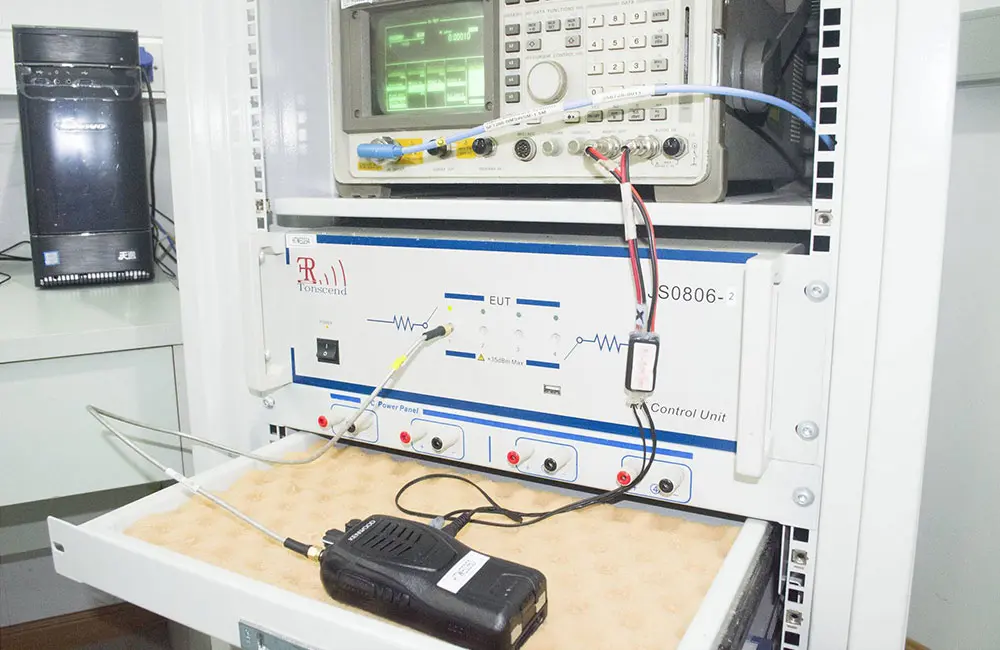
IEC/EN 63056:2020 Energy Storage Lithium Battery Testing Standard
Introduction to IEC/EN 63056:2020 Standard:
IEC/EN 63056:2020 specifies the product safety requirements and testing for secondary batteries and battery systems used in energy storage systems with a maximum DC voltage of 1500 V (nominal) (Figure 2).
IEC/EN 63056:2020 includes the basic safety requirements for secondary lithium batteries and battery packs used in industrial applications.

This document provides additional or specific requirements for energy storage systems.
Since this document covers batteries used in various energy storage systems, it includes those requirements common and minimal to energy storage systems.
Examples of equipment within the scope of IEC/EN 63056:2020 include:
1. Telecommunication systems,
2. Central emergency lighting and alarm systems,
3. Stationary engine start,
4. Photovoltaic systems,
5. Home (residential) energy storage systems (HESS),
6. Large-scale energy storage: grid-connected/off-grid.
This document applies to battery cells and battery packs for uninterruptible power supplies (UPS).
This document does not apply to portable systems of 500Wh or below coveRED by IEC 61960-3.
IEC 63056:2020 Standard Testing Items:
1. Ball pressure test
2. Heat resistance
3. Flame resistance test for thermoplastic materials
4. InsULation impedance test
5. Charging procedures
6. External short circuit test
7. Reverse polarity test
8. Over-discharge voltage control
9. Drop test
IEC/EN 63056:2020 Drop Test Method:
Each fully charged DUT should be discharged at a constant current of 0.21A to SO for installation or maintenance specified by the manufacturer. If the manufacturer does not specify the SOC for installation or maintenance, the test should be conducted without discharging after 72 hours of charging.
The DUT is dropped once from the height shown in Table 2 onto a flat concrete or metal floor. In the case of a metal floor, appropriate measures should be taken to prevent external short circuits between the battery or battery system and the floor.
For DUTs weighing less than 7 kg, the DUT should be dropped to achieve random impact directions.
For DUTs weighing more than 7 kg but less than 50 kg, the test should be conducted with the DUT falling, and the bottom surface of the DUT is specified by the manufacturer.
After the test, place the DUT for at least 1 hour and then visually inspect it.
b) Acceptance Criteria
No fire, no explosion.
IEC 63056:2020 Testing Cycle: About 2 weeks
Related Battery Safety Testing Services:
- Energy storage battery safety: IEC/EN 62619, IEC/EN 63056
- Energy storage battery performance: IEC/EN 62620, IEC/EN 61427-1/-2
- Energy storage system safety: IEC/EN 62040-1, IEC/EN 62477-1, IEC/EN 62368-1
- Energy storage system safety risk assessment: IEC/EN 62933-5-2
- Inverters, converters: IEC/EN 62109-1/-2, IEC/EN 62477-1
China JJR Laboratory provides IEC/EN 63056:2020 energy storage lithium battery standard testing. We are an IEC 17025 authorized laboratory and can save you 30% on certification testing costs.
Email:hello@jjrlab.com
Write your message here and send it to us
 WEEE Registration for Waste Electrical &Electr
WEEE Registration for Waste Electrical &Electr
 MSDS Chemical Safety Testing
MSDS Chemical Safety Testing
 What Are the Differences Between UK REACH and EU R
What Are the Differences Between UK REACH and EU R
 E-Cigarette GB 41700 Compliance Testing
E-Cigarette GB 41700 Compliance Testing
 What Are the Testing Items of California Propositi
What Are the Testing Items of California Propositi
 E-Cigarette EU TPD Testing
E-Cigarette EU TPD Testing
 Testing Certification for E-cigarettes Exported to
Testing Certification for E-cigarettes Exported to
 What is Amazon US CPC Certification?
What is Amazon US CPC Certification?
Leave us a message
24-hour online customer service at any time to respond, so that you worry!




